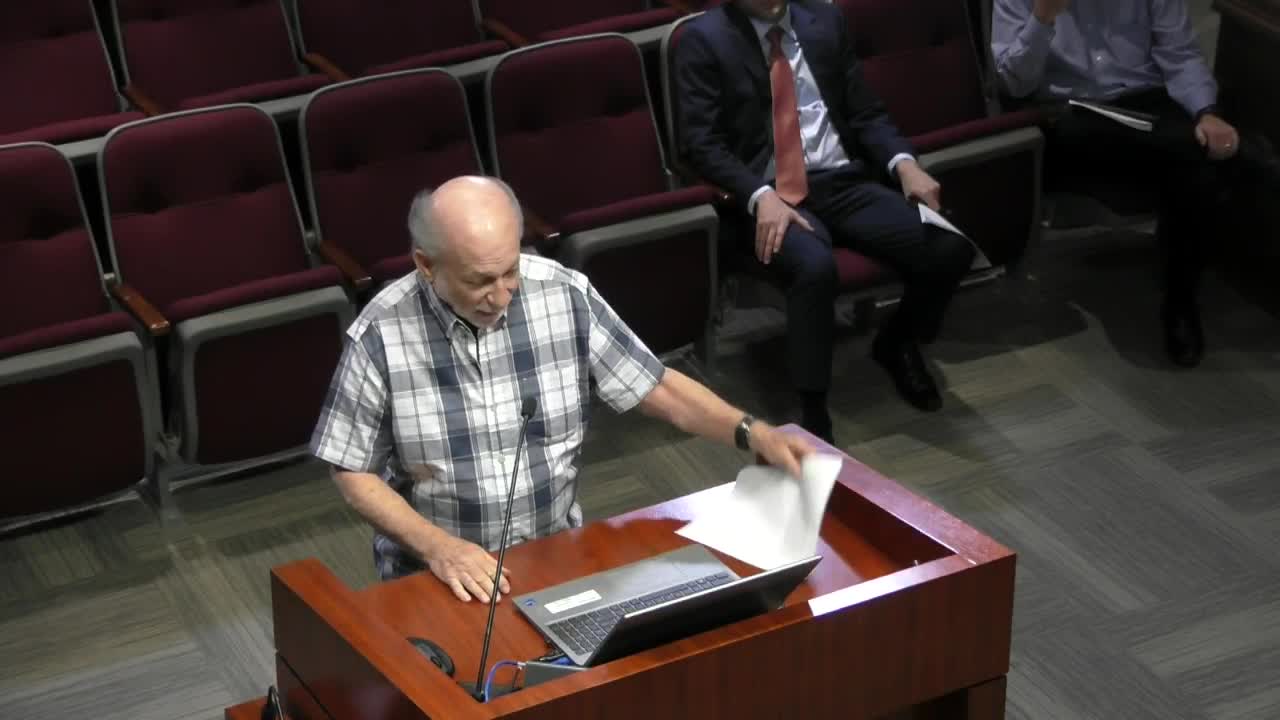City debates townhome development versus preserving scenic views
July 08, 2024 | Garland, Dallas County, Texas

This article was created by AI summarizing key points discussed. AI makes mistakes, so for full details and context, please refer to the video of the full meeting. Please report any errors so we can fix them. Report an error »

In a recent government meeting, discussions centered around a proposed townhome development near a scenic pond in Garland, Texas, raised concerns about aesthetic impact and urban sustainability. A commissioner expressed appreciation for the developers' modifications to the project but highlighted worries about the potential loss of the area's visual appeal. The commissioner noted that the open space currently offers a unique aesthetic experience, contrasting with the city's more developed areas.
The commissioner argued that the proposed development could obstruct views for the many commuters who frequent the intersection, suggesting that the benefits of urban growth should not come at the expense of environmental sustainability and community enjoyment. The sentiment was echoed by another commissioner, who questioned whether the land might be better utilized as a public park, allowing families to enjoy recreational activities in a natural setting.
In response to concerns about the future of the parcel, a developer representative assured that the townhome project would adhere to city engineering standards to prevent flooding and would include traffic improvements at the intersection. The representative emphasized that the design would prioritize aesthetic appeal, aiming to integrate the new development harmoniously with the surrounding environment.
The meeting underscored a broader debate in urban planning: balancing development needs with the preservation of community aesthetics and green spaces. As Garland continues to grow, the discussions reflect a community grappling with the implications of urbanization on its natural landscapes and quality of life.
The commissioner argued that the proposed development could obstruct views for the many commuters who frequent the intersection, suggesting that the benefits of urban growth should not come at the expense of environmental sustainability and community enjoyment. The sentiment was echoed by another commissioner, who questioned whether the land might be better utilized as a public park, allowing families to enjoy recreational activities in a natural setting.
In response to concerns about the future of the parcel, a developer representative assured that the townhome project would adhere to city engineering standards to prevent flooding and would include traffic improvements at the intersection. The representative emphasized that the design would prioritize aesthetic appeal, aiming to integrate the new development harmoniously with the surrounding environment.
The meeting underscored a broader debate in urban planning: balancing development needs with the preservation of community aesthetics and green spaces. As Garland continues to grow, the discussions reflect a community grappling with the implications of urbanization on its natural landscapes and quality of life.
View full meeting
This article is based on a recent meeting—watch the full video and explore the complete transcript for deeper insights into the discussion.
View full meeting
